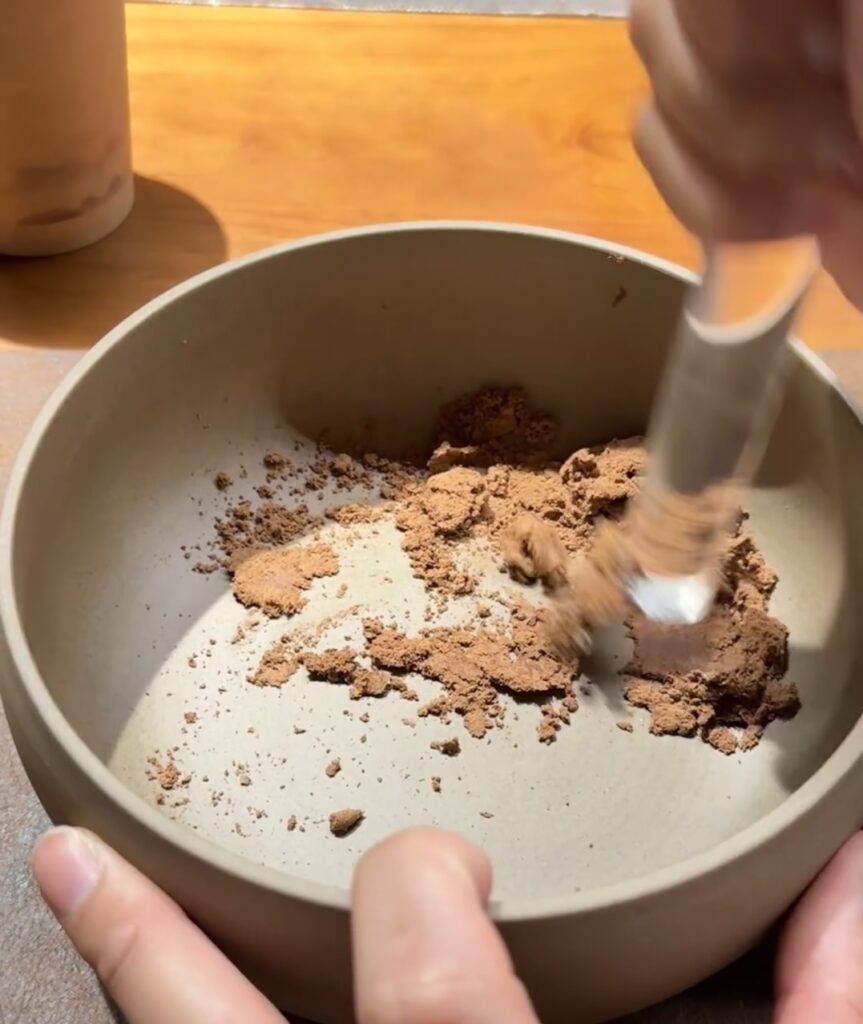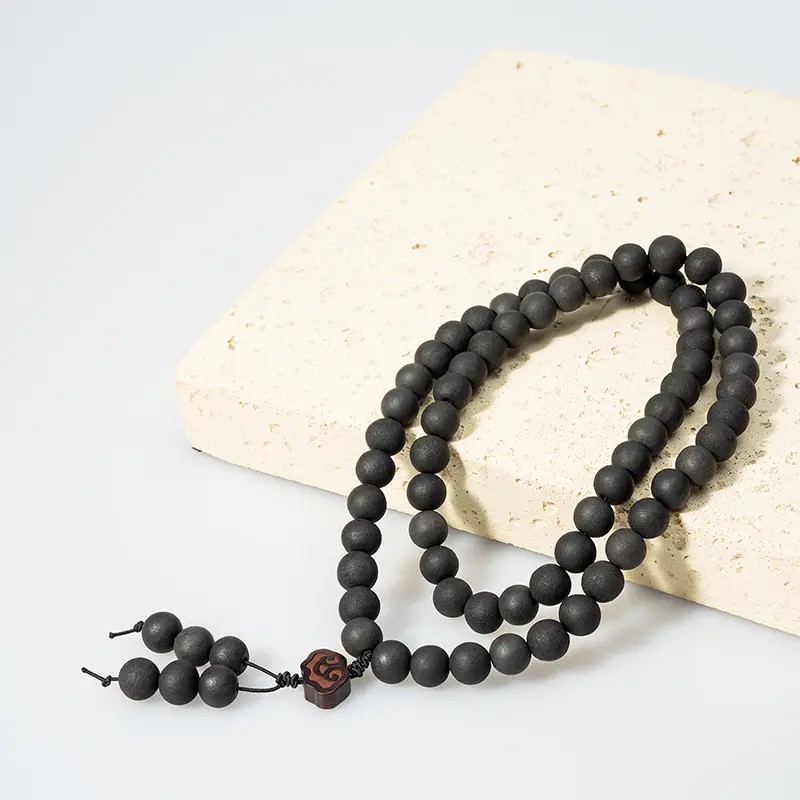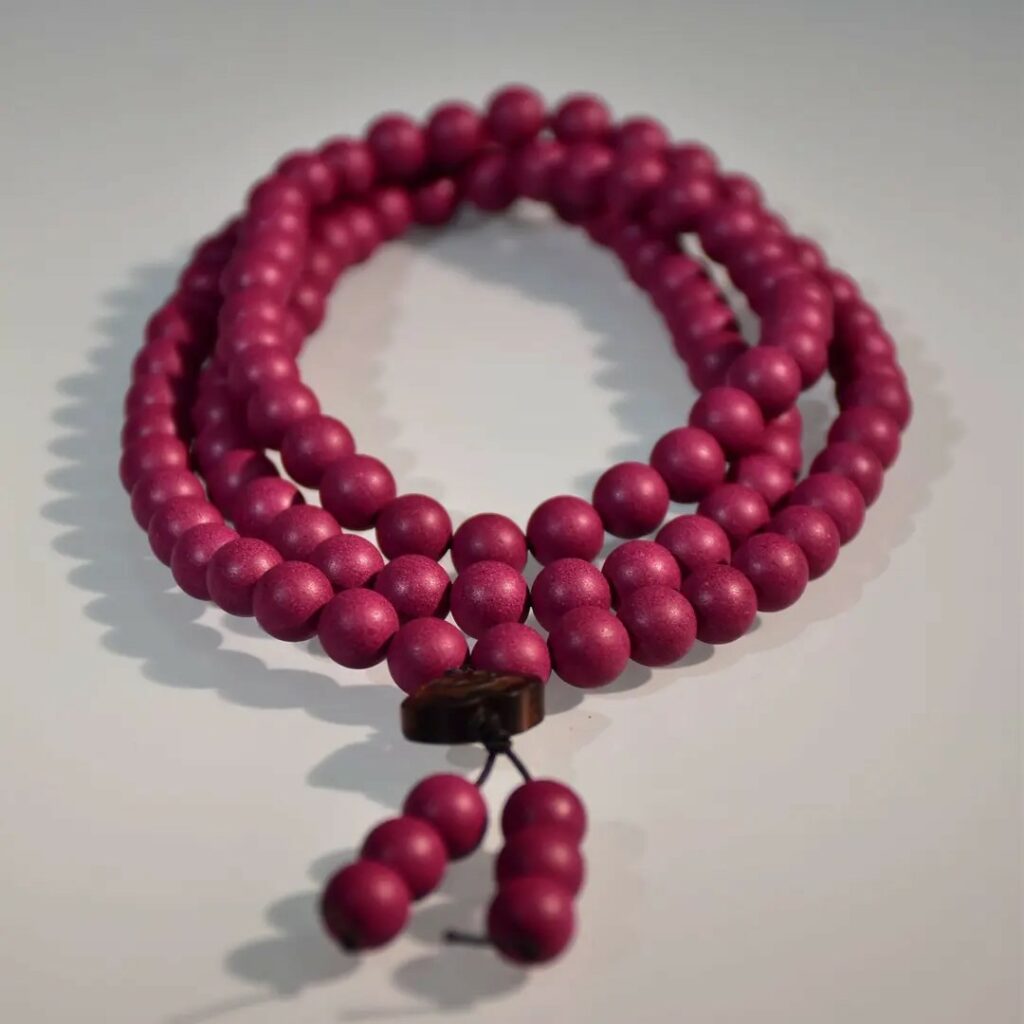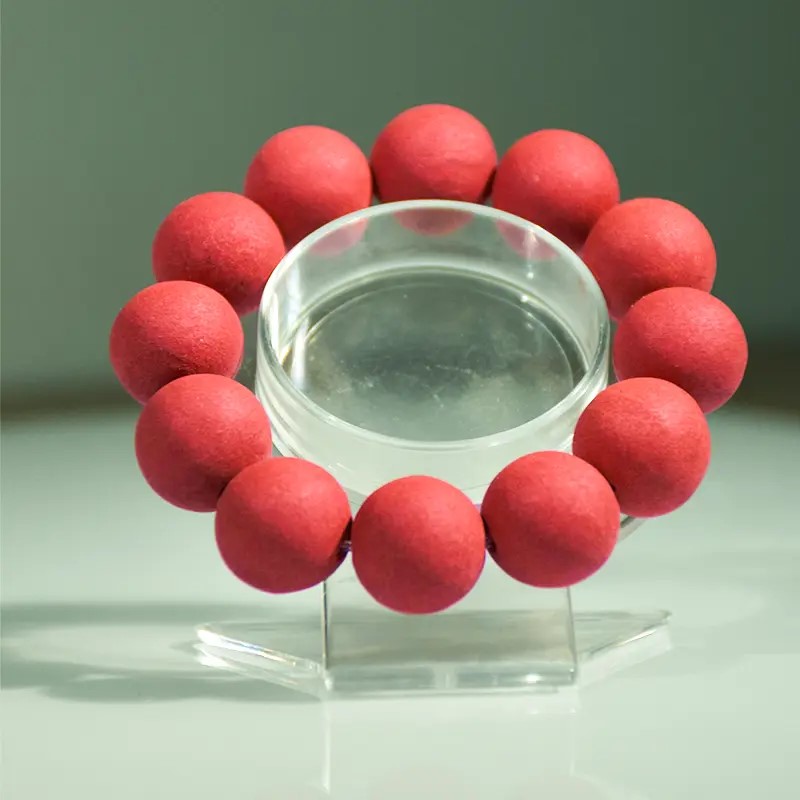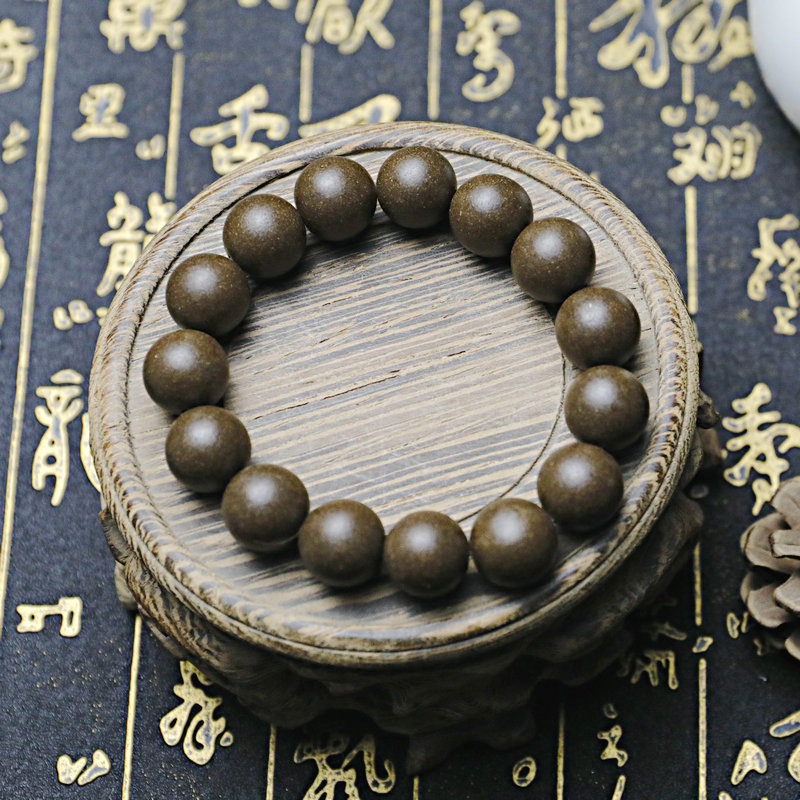In the refined world of classical Chinese literati culture, scented incense—especially when crafted with Kyara (Qinan) or top-grade agarwood—was never merely a fragrant accessory. Within the context of scholarly gatherings known as yaji (elegant assemblies), such incense was elevated to the status of a “treasured artifact” (zhong qi), a term traditionally reserved for objects of profound ritual, aesthetic, and spiritual significance. This reverence stems not only from the extreme rarity and cost of these raw materials but, more importantly, from their unique capacity to harmonize body and mind, purify the atmosphere, and deepen states of contemplation—qualities that align remarkably well with modern practices of mindfulness and meditation.
Today, as interest in holistic well-being and conscious presence grows globally, the ancient wisdom embedded in these elite scented incense formulations is being rediscovered. Contemporary artisans like HMMA ART, who meticulously follow classical recipes from authoritative texts such as Xiang Cheng (The Incense Manual) and Chen Shi Xiang Pu (Chen’s Incense Handbook), are reviving this heritage through handcrafted incense sticks that honor both historical authenticity and the subtle psycho-physiological effects of natural aromatics. In doing so, they bridge the past and present, transforming what was once a symbol of scholarly refinement into a powerful tool for inner stillness in the 21st century.
Traditional Chinese Compound Incense or you can call scented incense
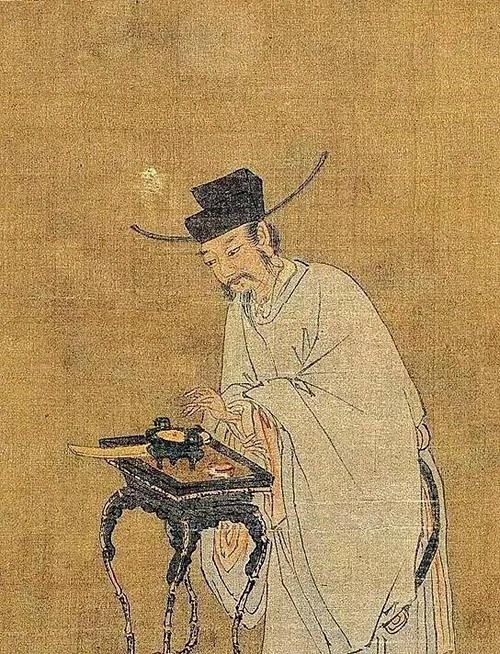
Traditional Chinese Compound Incense
The Delicate Art of Chinese aroma incense
Incense beads, or Chinese aroma incense beads , are far more than simple ornaments. These meticulously crafted spheres, born from the fusion of powdered precious woods, resins, herbs, and binding agents, represent a unique intersection of ancient Chinese fragrance culture, artistry, and contemplative practice. beads
The Meaning of “Treasured Artifact”: Beyond Material Value
The term “treasured artifact” (zhong qi) originally referred to sacred ritual vessels or imperial regalia—objects that embodied cosmic order, moral virtue, or ancestral authority. By the Song Dynasty (960–1279 CE), this concept expanded to include cultural objects used in refined leisure: fine inkstones, zither strings, rare teas, and—most significantly—scented incense.
What made certain incense “treasured” was not just its cost, but its qi (vital energy) and yun (aesthetic resonance). Among all aromatic materials, Kyara—the rarest and most prized form of agarwood—stood supreme. Formed under exceptional natural conditions over decades or even centuries, Kyara possesses a complex, evolving fragrance: cool and minty at first, then deeply woody, with sweet, floral, and balsamic undertones that linger long after the smoke has faded. Top-grade agarwood from Hainan or Vietnam’s Huong region, while slightly more accessible, shares this depth and subtlety, earning it the poetic title “the Buddha’s bone among woods.”
When such materials served as the “sovereign” (jun) ingredient in a scented incense formula—guiding the entire aromatic composition—they conferred an aura of dignity, serenity, and spiritual clarity to the gathering. To burn Kyara-based incense at a yaji was to declare one’s commitment to jing (stillness), ya (elegance), and dao (the Way). It was an act of cultural discernment, not indulgence.
Pharmacological Wisdom: How Kyara and Agarwood Support Mindfulness
The veneration of Kyara and premium agarwood in Chinese tradition is deeply rooted in pharmacological knowledge. Classical texts like Ben Cao Gang Mu (Compendium of Materia Medica) describe agarwood as “warming the middle burner, descending rebellious qi, and calming the spirit.” Kyara, in particular, was believed to “open the orifices of the heart and awaken innate wisdom.”
Modern science now validates these insights. Agarwood essential oil is rich in sesquiterpenes—compounds like agarospirol and jinkoh-eremol—that have been shown to reduce cortisol levels, modulate GABA receptors, and promote parasympathetic dominance (the “rest-and-digest” state). Kyara contains additional unique molecules, including trace amounts of borneol-like coolants, which stimulate the trigeminal nerve, producing a subtle cooling sensation that enhances mental alertness without agitation.
This dual action—calming yet clarifying—is precisely what makes scented incense for mindfulness so effective. In meditation, practitioners often struggle with two opposing obstacles: scattered attention (needing focus) and dullness (needing alertness). A well-crafted Kyara-based incense stick addresses both: its initial cool, penetrating top note sharpens awareness; its warm, resinous heart note grounds the breath; and its long, meditative dry-down supports sustained presence. Unlike synthetic fragrances or single-note incense, this dynamic evolution mirrors the natural arc of a deep mindfulness session.
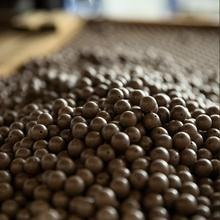
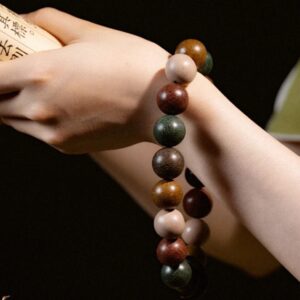
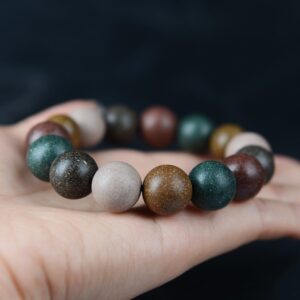
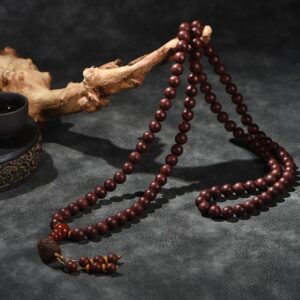
The Ritual of the Elegant Gathering: Incense as Shared Contemplation
In traditional yaji, incense was not background ambiance—it was the centerpiece of a shared contemplative ritual. Participants would gather around a small incense burner, often made of celadon or bronze, and take turns appreciating the unfolding fragrance in silence. This practice, known as xiang dao (the Way of Incense), trained the senses, refined emotional sensitivity, and fostered collective presence.
A scented incense made with Kyara or premium agarwood was especially suited to this purpose. Its complexity demanded attention; its subtlety discouraged distraction. As the smoke curled upward, guests would synchronize their breathing, attune to the shifting notes, and enter a state of quiet communion—not only with each other but with the moment itself. In this sense, the incense functioned as a non-verbal guide to meditation, long before the term entered Western vocabulary.
HMMA ART honors this legacy by crafting incense sticks that replicate the sensory journey of classical formulas. Their Kyara-based blends, for instance, are made using only naturally aged resin, hand-ground to micron-level fineness, moistened with pear juice or honey (as prescribed in Chen Shi Xiang Pu), and aged in ceramic jars for months to allow the aromas to harmonize. The result is an incense stick that burns cleanly, with minimal smoke and maximum olfactory nuance—ideal for both solo mindfulness practice and intimate gatherings.
From Treasured Artifact to Mindfulness Tool: A Modern Reinterpretation
While the formal yaji has largely faded, the human need for depth, connection, and inner quiet remains urgent. In our age of digital overload and chronic stress, scented incense for mindfulness offers a natural, non-invasive anchor for presence. Brands like HMMA ART recognize that the true value of Kyara-based incense lies not in its exclusivity, but in its capacity to serve as a “mindful object”—a focal point that gently draws attention away from mental chatter and back to the breath, the body, and the now.
Using such an incense stick becomes a ritual in itself: selecting the stick, lighting it with intention, observing the ember glow, and following the scent as it evolves. Each step is an invitation to mindfulness. Over time, the aroma becomes a conditioned cue for calm—a neural shortcut to meditative states.
Moreover, because HMMA ART adheres strictly to historical formulas and avoids synthetic additives, their incense supports long-duration practice without irritation or sensory fatigue. This purity is essential for deep meditation, where even subtle chemical notes can disrupt subtle states of awareness.
The Enduring Resonance of Sacred Smoke
Scented incense made with Kyara or premium agarwood earned its status as a “treasured artifact” not through opulence alone, but through its unparalleled ability to embody harmony—between nature and culture, body and mind, stillness and insight. In the hands of Song dynasty scholars, it was a mirror of inner cultivation; in the hands of modern seekers, it is a bridge to presence.
Through meticulous craftsmanship and deep respect for tradition, HMMA ART ensures that this ancient wisdom remains accessible—not as a museum relic, but as a living practice. When you light one of their incense sticks, you are not merely enjoying a fine fragrance. You are participating in a thousand-year-old lineage of mindful awareness, where every wisp of smoke carries the quiet invitation: Be here. Breathe. Awaken.
In this light, scented incense for mindfulness is far more than an aromatic aid—it is a vessel of consciousness, a silent teacher, and, indeed, a true treasured artifact for our time.
CONTACT US IF YOU HAVE ANY QUESTIONS
#scented incense #mindfulness #Scented Incense Beads for Mindfulness #mindfulness meditation #Chinese incense #incense
